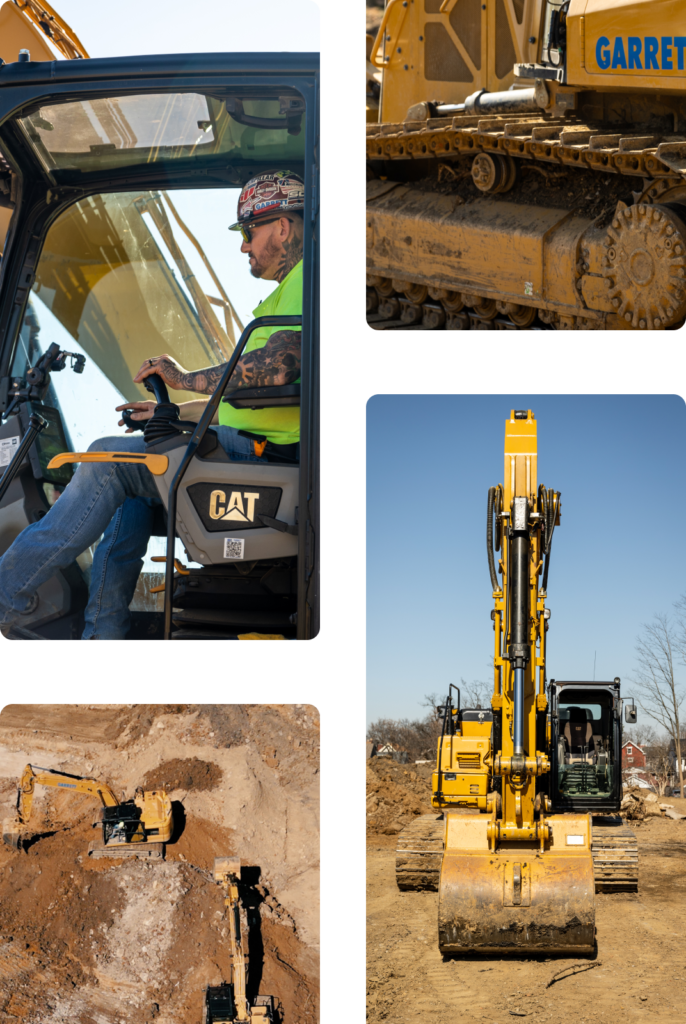The last thing any business owner wants to worry about is the safety of their properties during a storm. Everyone knows that the aftermath of a storm can leave businesses high and dry. Without adequate protection, storm damage can leave business owners in a bind. Water can do more damage, from flooding to destroyed equipment, than we give it credit for.
There are several benefits to an adequate storm drainage system. Here are a few.
Storm Drainage Reduces Flooding
One of the primary uses of a storm drainage system is to provide a safe place for excess water to run. Stormwater is known to fall in mass quantities. Therefore, if an adequate drainage system is not available, all the overflow and excess water create their own path. Instead of flowing into a natural body of water, stormwater will end up in buildings and flooding the streets.
Areas that experience frequent flooding can benefit from installing a storm drainage system. When a weather event occurs, the drainage system removes water that would otherwise cause buildings to flood, cars to hydroplane, and water to go where it is not meant to be.
Storm drainage is not only useful in rain storms. They are also effective in snow storms. When snow melts, the water should have someplace to go. If it does not, it can also cause flooding and other damage.
Storm Drainage Avoids the Spread of Contaminants
The chance of the spread of disease or other toxins is increased when there is no protection from stormwater. According to this article by the United States Environmental Protection Agency (EPA), there is no opportunity for soil and plants or water treatment facilities to filter out pollutants because stormwater flows over hard surfaces and directly into a body of water or storm drain.
There are several pollutants that are picked up on the way to stormwater’s final destination. Some of these pollutants include the following:
- Sewage
- Nitrogen
- Pollutants from fertilizers
- Pet waste
- Yard waste
A proper storm drainage system allows this waste to be disposed of safely instead of being allowed to stagnate in our living areas.
On building sites, it is essential that loose soil or building materials are not allowed to enter the drainage system. Storm drainage systems typically have filters so sediments, litter, and other debris are filtered out of the stormwater.
Storm Drainage Minimizes Infrastructure Damage
Without effective protection, the infrastructure of any building in the way is put at risk in the face of a storm. As mentioned above, storm drainage systems direct water away from buildings. If there is no storm drainage in place, water gets backed up on roads, sidewalks, and properties.
On properties, water can seep in and cause flooding and damage to the inside of the property. Additionally, if this becomes an ongoing problem, buildings become vulnerable to numerous problems resulting from water damage. Water damage can weaken the structure of buildings as well as cause mold and other bacterial growth.
Storm Drainage Keeps Plants Safe
Aside from the obvious physical damage that can be caused by storms to plants, there are other threats that come with inadequate stormwater drainage. Sewage, toxic chemicals, and germs are directed away from the plants. A proper drainage system reduces the risk of these chemicals coming in contact with the plants that upkeep our environment and help us breathe.
Believe it or not, plants can be overwatered. Heavy rainfall can overcrowd plant beds and do more harm than good. After plants have secured suitable water, there is no need for any more. Unfortunately, they cannot simply reject it. Instead, the water will sit on top of the soil, waiting to be absorbed. While this does not sound bad, plants that become too wet will struggle with a lack of oxygen. This can lead to the death of roots, followed by the rest of the plant.
Storm Drainage Is Better for the Environment
Because of the recent improvements in technology, scientists have found ways to create drainage systems that filter the water that has been collected. This makes it safer for the environment as drained water ends up in our streams, lakes, and other bodies of water.
The water that has been collected by these drainage systems can be recycled into safe drinking water and can be used for other purposes like extinguishing fires.
Storm Drainage Reduces Erosion
It is also important to note that storm drainage can reduce the chances of erosion that occurs in many flooding situations. It is likely that erosion will occur when water is directed to one area. This is especially true on building sites where work might not be completed and soil is open and vulnerable.
Erosion occurs when soil is misplaced by an overwhelming force of water or wind. Not only is this unhealthy for the environment, but it is also a costly issue for business owners who do not have access to proper storm drainage.
The accumulation of eroded soil increases the risk of damage to a building’s infrastructure. In fact, it is estimated that, by acre, an average of three to six dump trucks of soil are washed into nearby bodies of water.
An ample storm drainage system can reduce the risk of water pollution as well as save business owners thousands in soil.
Contact Garrett Excavating for Storm Drainage in Cincinnati, OH, Today!
When your property has been protected by a high-quality storm drainage system, you won’t have to worry about the consequences of heavy rains. For top-quality storm drainage services, look to the professionals at Garrett Excavating. Our expert team has the knowledge needed to safely direct stormwater away from your property. Not only do we offer quality workmanship and personalized attention, but we also offer fair and affordable prices. Contact us today to find out how we can help you. We have more than 50 years of experience and are dedicated to providing high-quality services to the Cincinnati, OH community.
